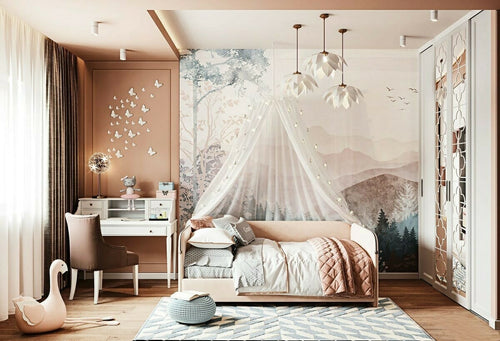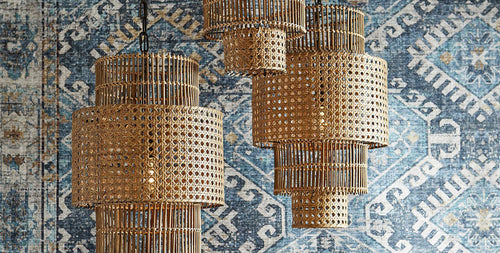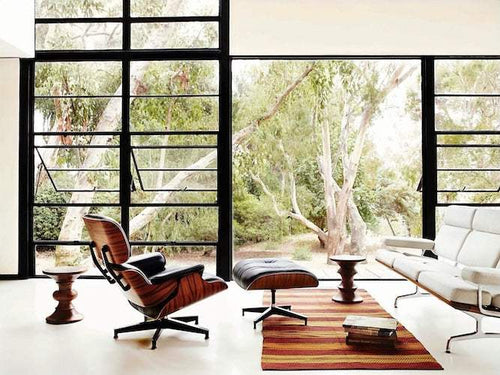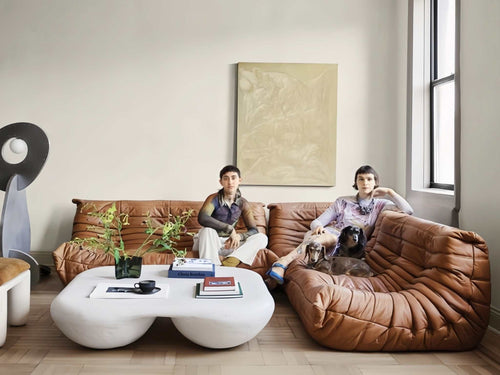Togo chairs are celebrated for their unique design and unparalleled comfort. One of the standout features of these chairs is the variety of materials available, including suede, corduroy, faux leather, cat paw fabric, and microfiber. Each material has its distinct characteristics that can influence both aesthetics and functionality. Let’s delve into the details of these fabrics, their advantages, and disadvantages.
1. Suede
Characteristics
Suede is made from the inner layer of animal hide, typically from cows or lambs, featuring a soft, velvety texture.

Advantages
- Luxurious Appearance: Suede adds a touch of elegance and warmth to any space.
- Soft Touch: The texture is smooth and inviting, offering comfort when sitting.
Disadvantages
- Stain Prone: Suede is susceptible to stains and water damage, which can be challenging to clean.
- Maintenance Requirements: It requires regular care and specific cleaning methods to maintain its look and feel.
2. Corduroy
Characteristics
Corduroy is a durable fabric characterized by its ribbed texture, usually made from cotton or a cotton blend.

Advantages
- Durable: Known for its durability, corduroy withstands everyday wear and tear.
- Variety of Colors: Available in a wide range of colors and patterns, allowing for versatile décor options.
Disadvantages
- Dust Accumulation: The texture can attract dust, requiring regular cleaning.
- Potential Shrinkage: Care needs to be taken when washing to prevent shrinkage or damage.
3. Top Layer Cowhide

Advantages:
-
Superior Quality:
- Thickness and Durability: Top layer cowhide is typically thicker and more durable than lower layers, making it ideal for high-wear items like sofas and furniture.
- Natural Appearance: Retains the natural markings and textures of the animal hide, giving a unique and authentic look.
-
Comfort:
- Soft and Plush: The top layer is softer and more supple, providing a luxurious feel that is both comfortable and inviting.
- Breathability: Allows air to circulate better, making it more comfortable to sit on for extended periods.
-
Aesthetic Appeal:
- Rich Texture: The top layer often has a richer texture with more distinct grains, adding visual interest and depth.
- Timeless Elegance: Suits both contemporary and traditional interiors, offering a timeless elegance that enhances any decor.
-
Maintenance:
- Easy to Clean: Resistant to spills and stains, making it easier to maintain compared to other materials.
- Aging Gracefully: Develops a lovely patina over time, improving in appearance with age rather than deteriorating.
-
Sustainability:
- Long-Lasting: Highly durable and resistant to wear, reducing the need for frequent replacements and contributing to sustainability.
- Resilient: Can withstand daily use without showing significant signs of wear.
Disadvantages:
-
Cost:
- High Price: Due to its superior quality, top layer cowhide is often more expensive than other types of leather or fabric.
-
Initial Firmness:
- Needs Breaking In: May feel slightly firmer initially and requires some time to soften and conform to the shape of your body.
-
Limited Availability:
- Scarcity: Being the top layer, it may be less abundant than lower layers, making it harder to source in large quantities.
-
Weight:
- Heavier: Thicker leather can make furniture heavier and more difficult to move or rearrange.
-
Sensitivity:
- Temperature Sensitivity: May feel colder to the touch in winter and warmer in summer compared to synthetic materials.
While top layer cowhide offers numerous advantages in terms of quality, comfort, and aesthetic appeal, it also comes with a higher price tag and some unique challenges related to initial firmness and sensitivity to temperature. However, for those who value longevity and luxury, the benefits often outweigh the drawbacks, making it a popular choice for high-end furniture.
4. Cat Paw Fabric/Leather
Characteristics
Cat paw fabric is a unique synthetic material that mimics the texture and look of animal skin, providing a playful and soft touch.
Advantages
- Durability: This material is resistant to wear and tear, making it suitable for high-traffic areas.
- Unique Design: Offers a quirky and appealing look for those wanting something different.
- Cat paw fabric is the perfect choice for cat owners.
Disadvantages
- Touch Sensitivity: The unique texture may not appeal to everyone.
- Adaptation Period: Some users may need time to adjust to the feel of this material.
5. Microfiber
Characteristics
Microfiber is a finely woven synthetic fabric, typically made from polyester and nylon, known for its softness and strength.

Advantages
- Highly Durable: Microfiber is resistant to wear and is recognized for its longevity.
- Stain-Resistant: It has excellent moisture-wicking properties and is easy to clean.
- Soft Touch: The smooth finish ensures comfort during use.
Disadvantages
- Fading: Prolonged exposure to direct sunlight may lead to color fading.
- Moisture Retention: It can absorb moisture, making it feel damp in humid environments.
Conclusion
When selecting a Togo chair, the choice of material depends on your personal preferences, aesthetic goals, and maintenance capabilities. Suede offers a luxurious feel, while corduroy is durable and stylish. Leather presents a cost-effective, easy-care option, whereas cat paw fabric provides a unique touch. Microfiber is perfect for those seeking comfort and durability.
Understanding the characteristics, advantages, and disadvantages of each material can help you make an informed decision that aligns with your lifestyle and decor needs. Whether for your home or office, a Togo chair in the right material can enhance your space and provide the comfort you seek.



















































